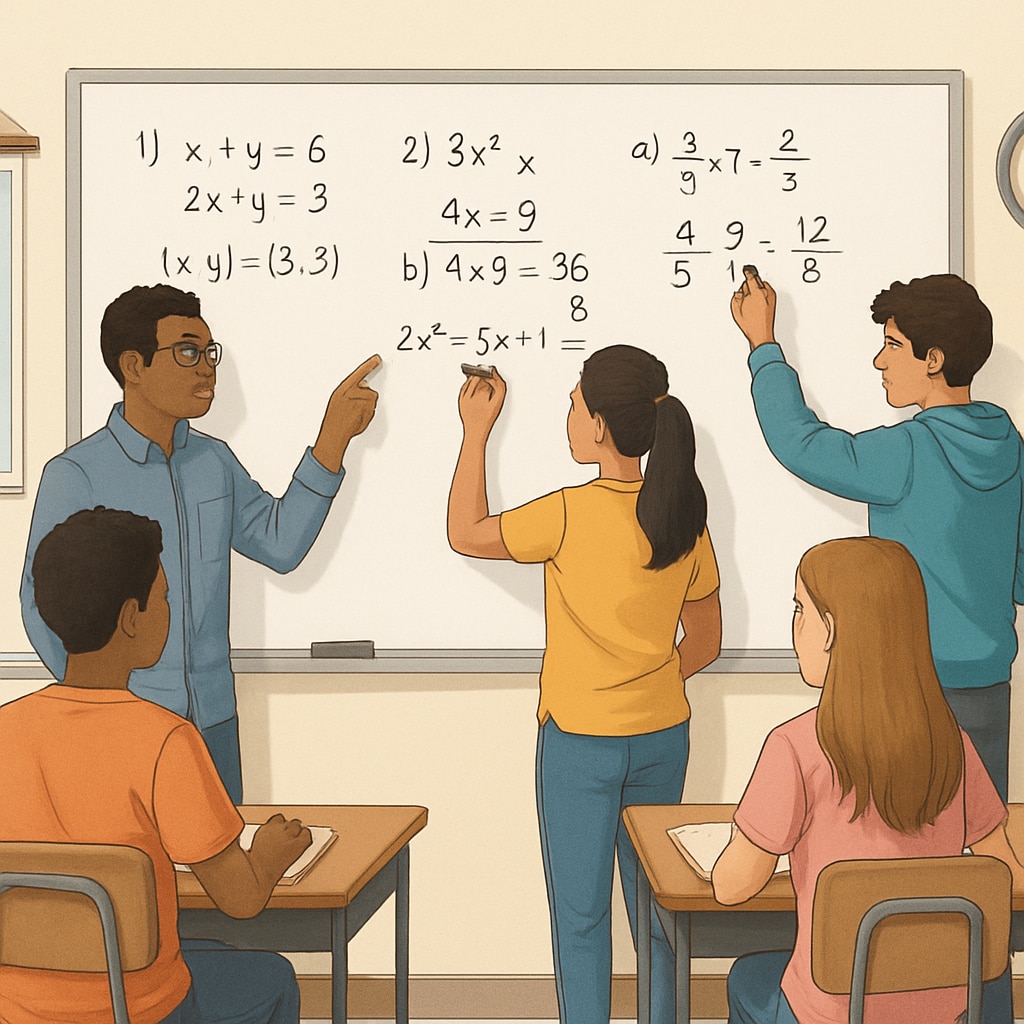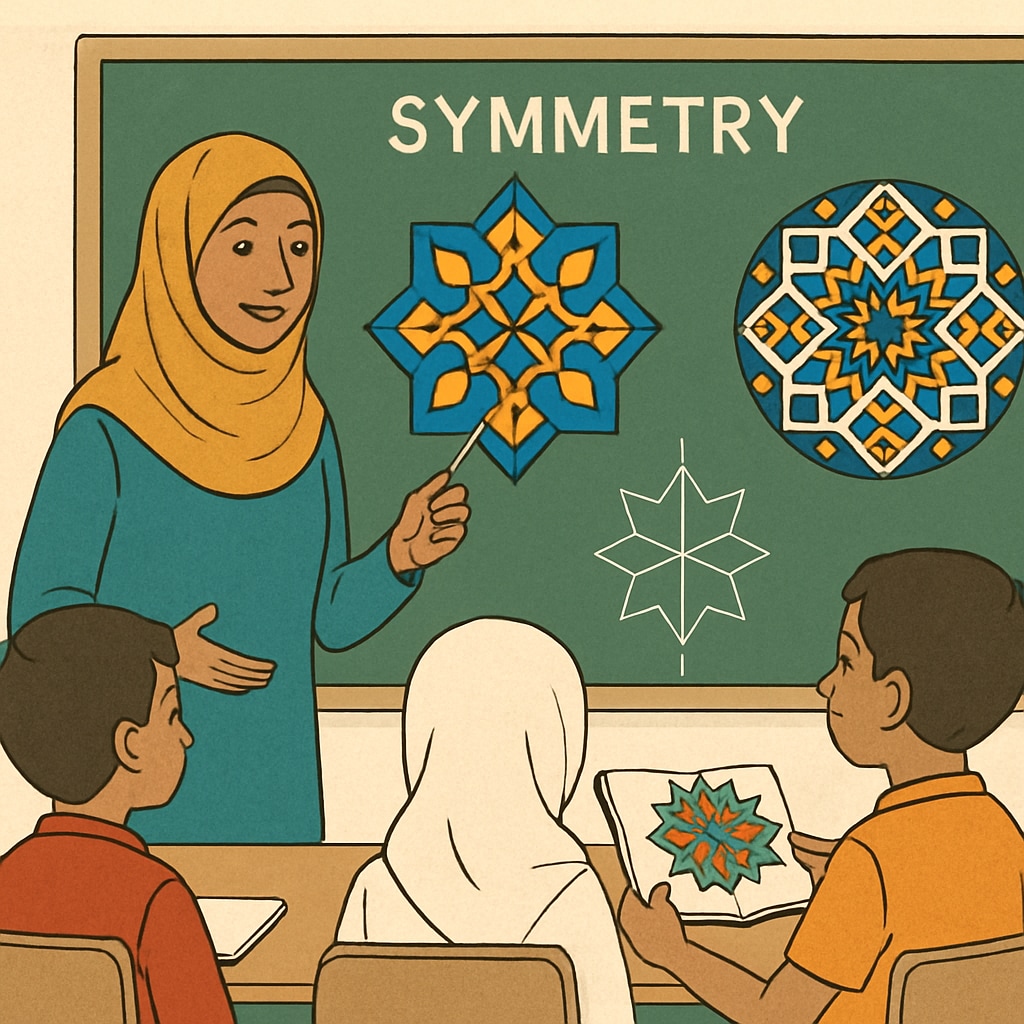High school math presents a formidable challenge for many students, particularly in their final year. The combination of advanced concepts, time pressure, and cultural or linguistic barriers creates significant hurdles. This article explores the core difficulties faced in high school math and investigates how innovative Arabic language teaching methods can bridge gaps for students from diverse cultural backgrounds.
Core Challenges in High School Mathematics
High school math is often described as a “gateway subject,” serving as a critical stepping stone for students’ academic and professional futures. However, it is also one of the subjects students struggle with the most. Some of the primary challenges include:
- Abstract Concepts: Topics such as calculus, trigonometry, and algebra often involve abstract reasoning that many students find hard to grasp.
- Time Constraints: The cumulative pressure of exams, assignments, and extracurricular activities leaves little room for concept mastery.
- Linguistic Barriers: For students from non-native English-speaking backgrounds, understanding mathematical terminology and instructions can pose an additional challenge.
Addressing these barriers requires innovative teaching approaches that align with students’ linguistic and cultural contexts.

Integrating Arabic Language Methodologies into Math Teaching
Arabic language teaching methods offer unique strategies to enhance the learning experience for Arabic-speaking students. By incorporating cultural and linguistic elements, these methods make math more accessible and engaging. Here are some ways Arabic teaching innovations can be integrated into high school math education:
- Contextual Learning: Using real-world examples rooted in Arabic culture can make abstract concepts more relatable.
- Language Support: Providing bilingual resources (English and Arabic) helps students clarify complex math terminology and instructions.
- Visual Aids: Arabic calligraphy and geometric art, which are deeply mathematical, can be used to teach concepts like symmetry and proportions.
For example, introducing math problems that include culturally relevant scenarios or leveraging Arabic’s rich mathematical history can foster greater interest and understanding among students.

The Role of Multicultural Education in Addressing Math Challenges
Multicultural education is key to addressing the diverse needs of students. By tailoring teaching methods to align with students’ cultural backgrounds, educators can create an inclusive learning environment. For Arabic-speaking students, this might include:
- Using culturally familiar examples to explain mathematical concepts.
- Encouraging collaborative learning in diverse groups to promote peer support.
- Incorporating stories of historical Arabic mathematicians, such as Al-Khwarizmi, to inspire students.
Such strategies not only support academic success but also foster cultural appreciation and inclusivity in the classroom.
Conclusion: Bridging Math and Language
High school math challenges require innovative solutions, especially for students from diverse cultural and linguistic backgrounds. By integrating Arabic language teaching methods into math education, educators can address key learning barriers and create a more inclusive, effective learning environment. As a result, students gain not only mathematical proficiency but also confidence and a deeper connection to their cultural heritage.
In an increasingly globalized world, such approaches emphasize the importance of education that transcends linguistic and cultural boundaries, ensuring that every student has the opportunity to succeed.
Readability guidance: Short paragraphs, active voice, and transitional phrases have been used to maintain clarity and flow. Lists summarize key points effectively, and images are integrated to visually support the content.


